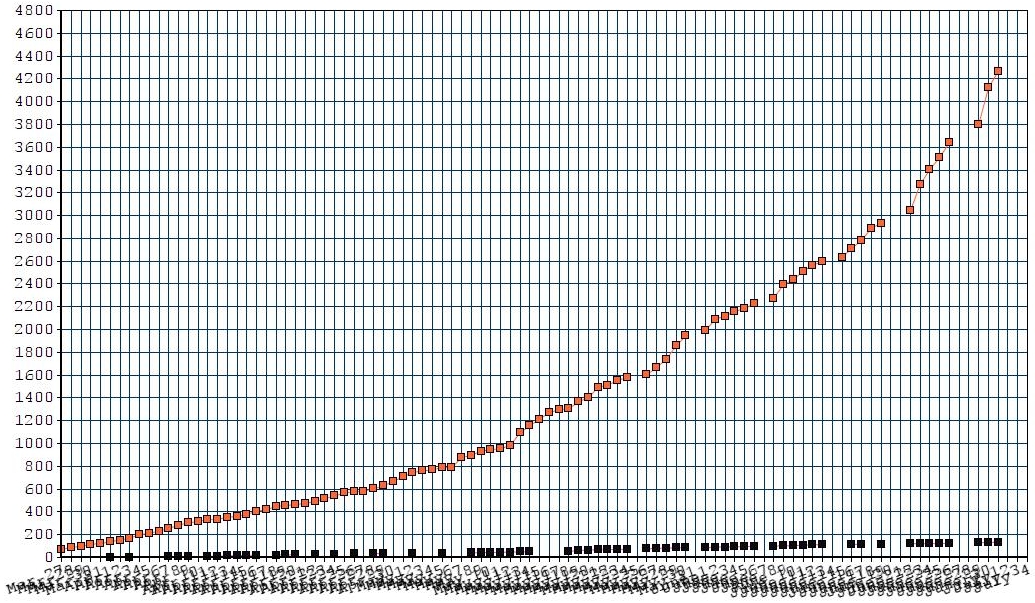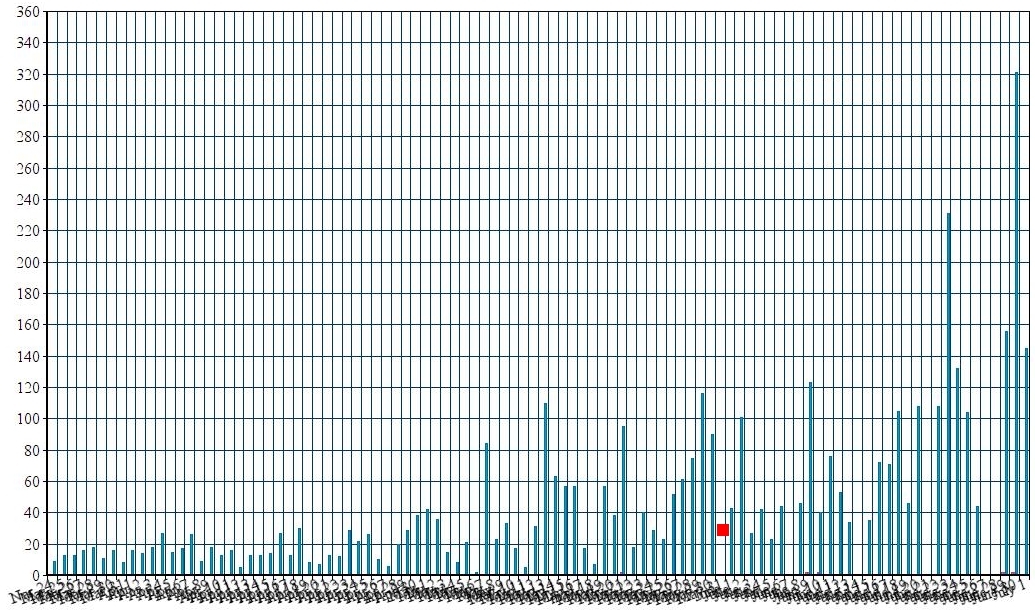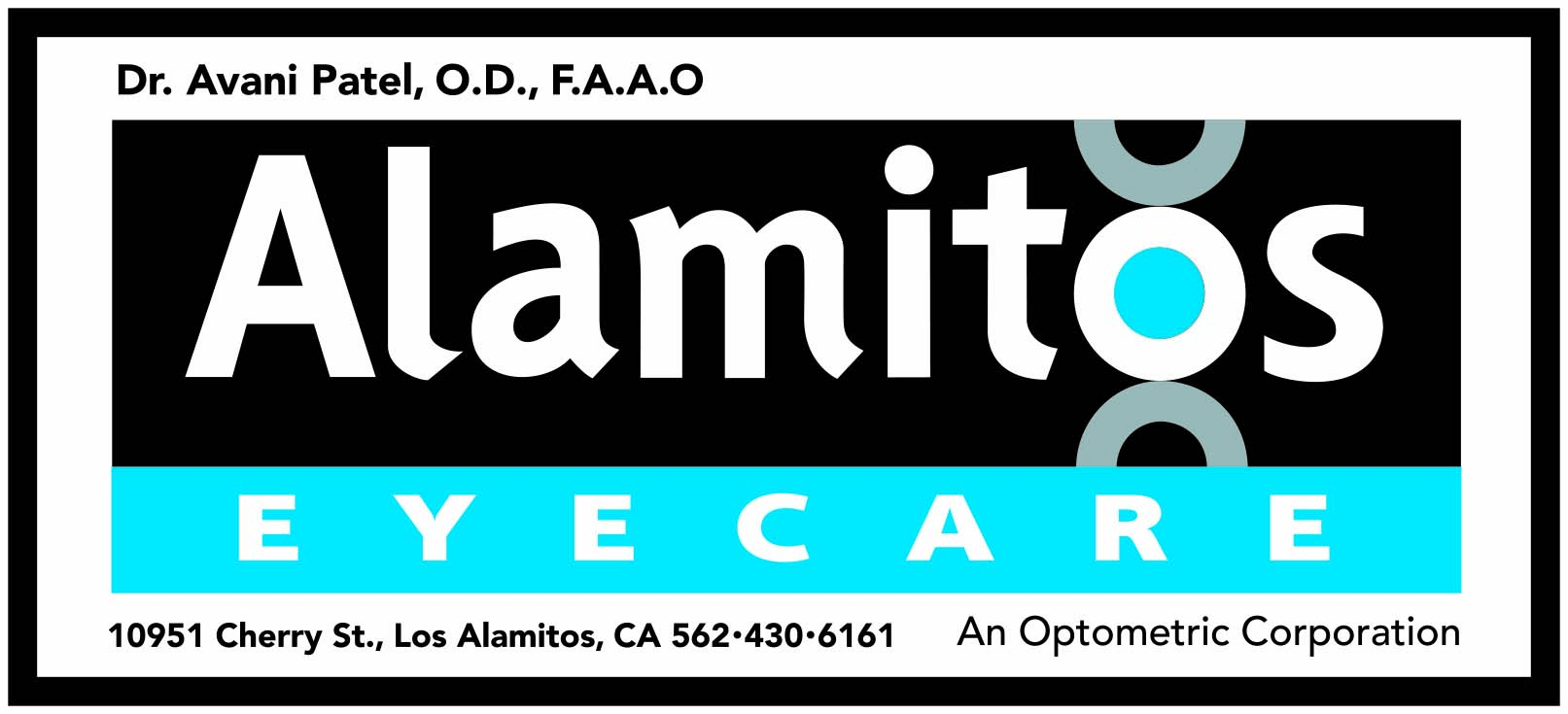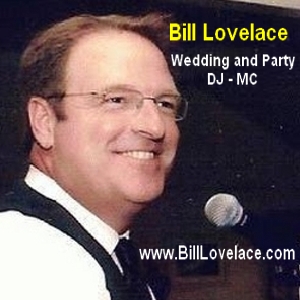


Total positives (red dots) and deaths (black dots) | Daily new reported positive cases |
LB Hospitalizations (from Apr. 20): Red bars = Snapshot 12:01 a.m. Blue bars = Updated daily |
| (May 26, 2020, 1:45 p.m.) --The state Senate Housing Committee voted unanimously this morning (May 26) to advance Sen. Scott Wiener's local density-inviting SB 902 to the state Senate Appropriations Committee, putting it one step from a vote on the Senate floor.
Senator Wiener described his bill as a local control measure as it speeds the process by which a city's City Council (by a Council majority vote) can change their city's zoning to allow up to 10 units of residential density per parcel, at a height specified by the Council, in parcels deemed "transit-rich," "jobs rich" or "urban infill" as defined by the bill (below.) SB 902 speeds the rezoning process by eliminating some currently required opportunities for public input and appeals, including eliminating CEQA environmental and neighborhood impact review of the impacts of the proposed rezoning. SB 902 lets local cities decide whether to allow or not allow the increased housing density, and if a city chooses to allow it in what "transit rich," "jobs rich" or "urban infill" areas it should be allowed. This could effectively invite city staff to propose, and a majority of LB's nine Councilmembers to vote, to rezone portions of ELB's 4th and 5th Council districts (currently represented by Councilmembers Supernaw and Mungo) to allow multi-unit multi-story residential buildings in areas designed for and long-zoned for single family homes. [Scroll down for further.] |
 The above ad space donated by LBREPORT.com   |
In some respects (including its goal of increasing allowable housing density), SB 902 is similar to Sen. Wiener's former SB 50 that came within just a few votes of passing the state Senate in January 2020. At that time, Senator Umberg declined to cast a vote on Sb 50, a key action that effectively helped stop SB 50. With SB 50 just a few votes short of advancing, Sen. Umberg's move not to cast a vote on the measure was the equivalent of casting a "no" vote. (LB's other state Senator, Lena Gonzalez, voted "yes" on SB 50.) LBREPORT.com provides SB 902's current text below as advanced by the state Senate Housing Committee:
SECTION 1. Section 65913.3 is added to the Government Code, to read: Although the City of Long Beach routinely takes positions on bills, it hasn't done so on SB 902 (which has been pending since Jan. 30, 2020.) The City Council's "State Legislation Committee" (chair Rex Richardson, vice chair Roberto Uranga, member Al Austin) hasn't discussed SB 902 or any bills pending in the 2020 state legislative session. The Council's State Legislation Committee hasn't met since Dec. 17, 2019. At that meeting, it approved and forwarded for Council approval a 2020 "state legislative agenda," a list of general policies (not specific bills) that city management is supposed to apply in supporting or opposing pending state legislation. The full City Council can also separately vote to take positions on specific bills without a recommendation from its "State Legislation Committee" and has done so on multiple bills in the past. To LBREPORT.com's knowledge, no LB City Council incumbents -- including ELB Councilmembers Mungo and Supernaw whose neighborhoods could be impacted -- have alerted their constituents to SB 902 via the Councilmembers' mass emailed "newsletters" or taken steps to put the City of Long Beach on record opposed to the bill. Long Beach has experience with similar housing density issues. Parts of Long Beach continue to feel detrimental impacts (including parking and other chronic issues) of 1980's Council actions that allowed developers to put multi-unit "crackerbox" apartments in former single family home neighborhoods in parts of the 2nd and 1st Council districts. That history fueled public pushback to city staff proposed density increased in a then-proposd 2017-2018 revised Land Use Element (LUE). If SB 902 becomes law, it would enable current or future LB City Councils to expedite rezoning areas in ways that could override height and density limits included in 2018 revised/adopted LUE maps.
The State Senate Housing Committee's Legislative Analysis of SB 902 can be viewed here. and lists the bills supporters and opponents indicated below: SB 902 now heads to the state Senate Appropriations Committee, putting it one step away from a vote on the state Senate floor. In 2019, the state Senate Appropriation Committee chair, state Senator Anthony Portantino (D, Glendale) blocked Senator Wiener's SB 50's advance to the state Semate floor by declining to bring it to a Committee vote. But in January 2020, after Senator Wiener amended SB 50 to allow City Halls some flexibility in where to allocate housing density increases, the state Senate's Dem party leadership pulled SB 50 from the Appropriations Committee and brought it to a state Senate floor vote.
When SB 50 narrowly failed passage in the state Senate, state Senate President Pro Tem Toni Atkins (D, San Diego) voiced dismay and declared that some form of "housing production" legislation would pass in 2020. Senator Atkins is now the co-author of SB 902.
If SB 902 passes the full state Senate, it goes to the Assembly where the Committee and amendment process repeats before a full Assembly vote. If it passes the Assembly, it returns to the state Senate for voted concurrence in any Assembly amendments. If it passes the state Senate on concurrence, it goes to Governor Newsom, who voiced disappointment earlier this year when SB 50 failed passage.
LBREPORT.com will continue to bring our readers detailed coverage of developments on SB 902. Further to follow.
Recommend LBREPORT.com to your Facebook friends:
Contact us: mail@LBReport.com |
  
 |